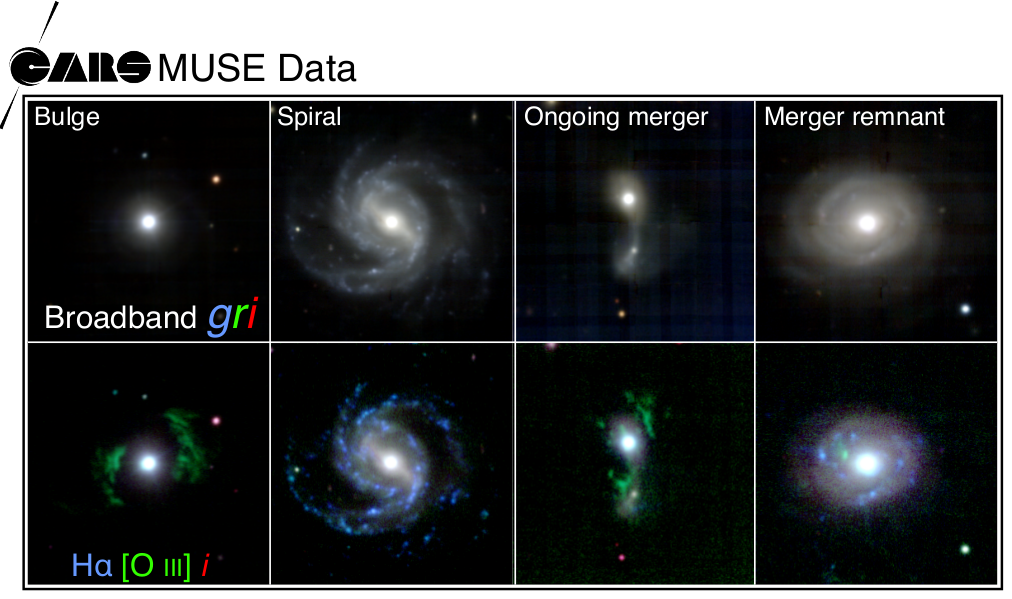Close AGN Reference Survey (CARS)

Active Galactic Nuclei (AGN) are powered by the accretion of material onto super-massive black holes at the centre of galaxies. In the current paradigm for galaxy evolution they represent an important phase in the galaxies life. The enormous energy release by AGN may couple to the interstellar medium and is suspected to influence the conditions for star formation in their host galaxies. Although AGN have been studied over decades now across the entire history of the Universe, the intimate link to their host galaxies yet need to be uncovered.
The Close AGN Reference Survey (CARS) aims to provide the most detail view on the AGN-host galaxy connection based on a sample of 40 nearby unobscured AGN (0.01<z<0.06). Our goal is to establish a unique reference data set for AGN host galaxies at low redshift as an anchor point for comparison with high-redshift AGN. For CARS we systematically combine spatially-resolved observations across the entire electro-magnetic spectrum from X-ray to radio for a representative sample of local AGN. This is only possible by combining many different observatories using state-of-the-art instrumentation. The project started by acquiring panchromatic optical integral-field spectroscopy with the 2nd generation instrument at the Very Large Telescope called Multi-Unit Spectroscopic Explorer (MUSE). A large number of observations have been or will be taken to provide a complete the multi-wavelength coverage with a minimum of spatial resolution. The list below given an indication for the incredible valuable data set:
- optical IFU spectroscopy with MUSE over 1'x1' FoV (all taken)
- deep ground-based and optical and NIR imaging (all taken)
- deep Chandra X-ray mapping of galaxies with evidence for hot gas outflows ( 2 objects as pilot so for)
- spatially resolved molecular line diagnostics and kinematics (ALMA data available for 8 targets as pilot)
- VLA 21cm and continuum observation for atomic gas distribution and kinematics (taken for most of the targets)
- SOFIA FIR line mapping of [CII] and [OI] with FIFI-LS and FIR imaging with HAWC+ ([CII] observations taken for 6 targets)
- AO-assisted NIR integral-field spectroscopy to resolve the gas and stars with <200pc resolution (approved for 4 tragets)
- UV continuum and LyAlpha imaging with HST (planned)
Combining all those datasets will allow us to tackle a large range of science question related to the AGN-host galaxy connection ranging from
- prevalence and energetics of multi-phase AGN outflows
- conditions and fade of star formation
- detailed physics of the molecular, atomic, ionised and hot gas phase in AGN host
- characterising the BH mass - bulge relations for a large sample of AGN
This website provides an overview data and the science projects pursued by the team. In the future it will host dedicated data released of the data and high-level data produces as the survey continues to be productive.
